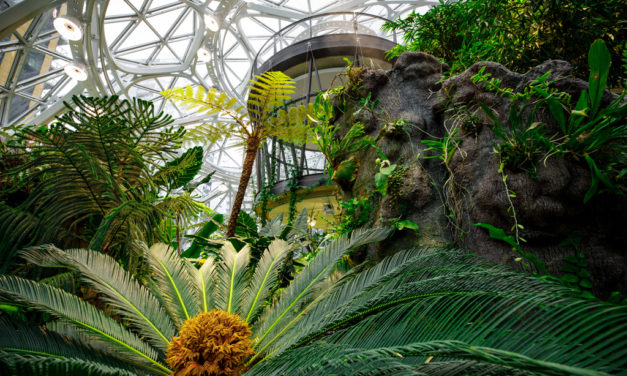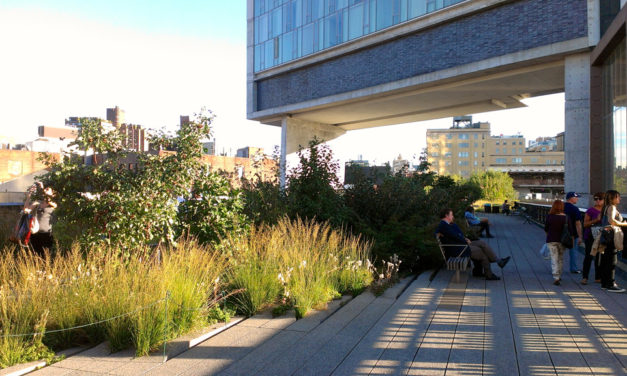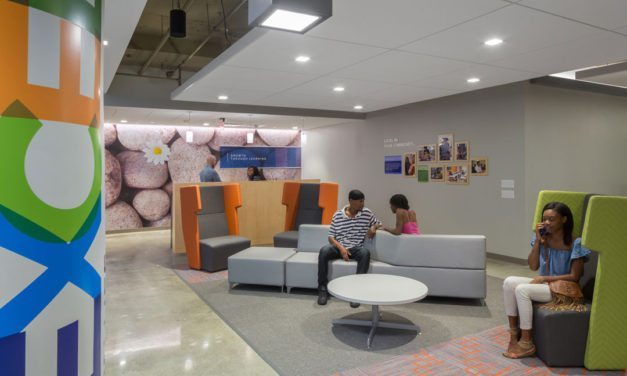The Spheres Blossom at Amazon’s Urban HQ in Seattle
The Spheres feature treehouse meeting rooms, river and waterfall features, paludariums, a four-story living wall, and epiphytic trees. They are home to more than 400 species spanning five continents and 50 countries, and many of the plants have journeyed from botanical gardens, tree nurseries, and conservation programs from around the globe. Many of the plants inside The Spheres are from cloud forest ecosystems, where plants thrive on mountainsides at an altitude ranging from 3,000 to 10,000 feet. Plants in these ecosystems have adapted to cooler temperatures, which makes their climate needs comfortable for people, too.
Read More




